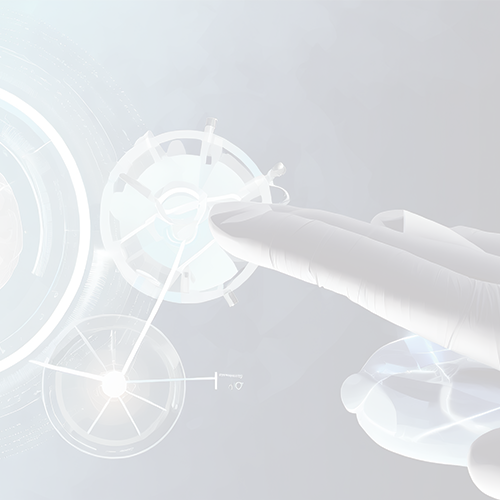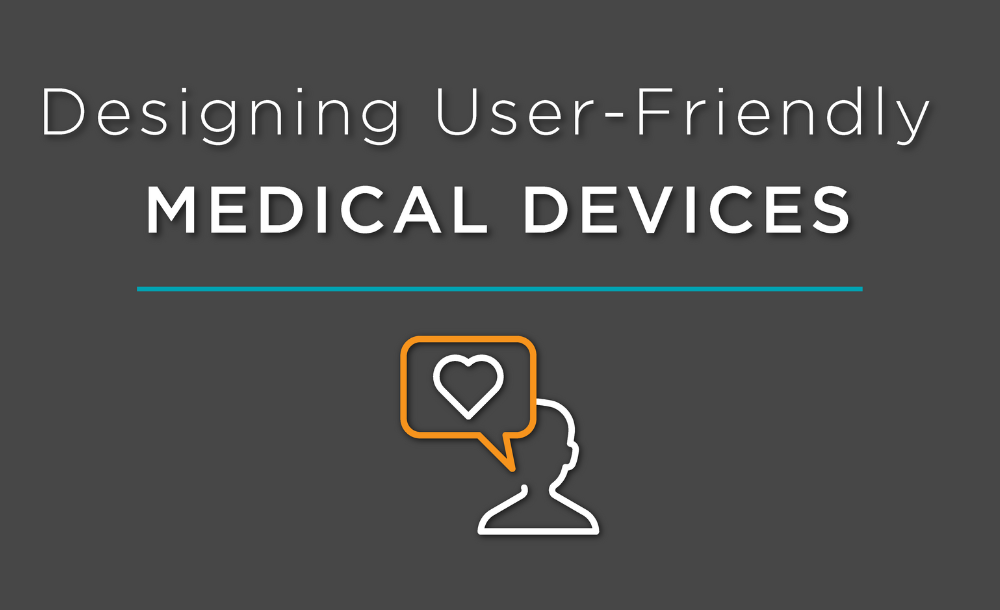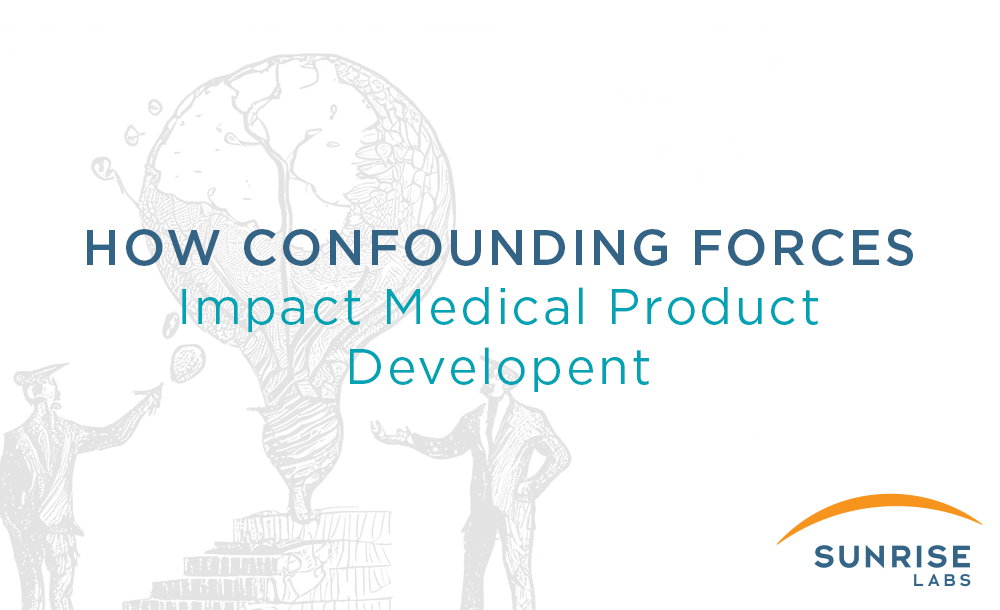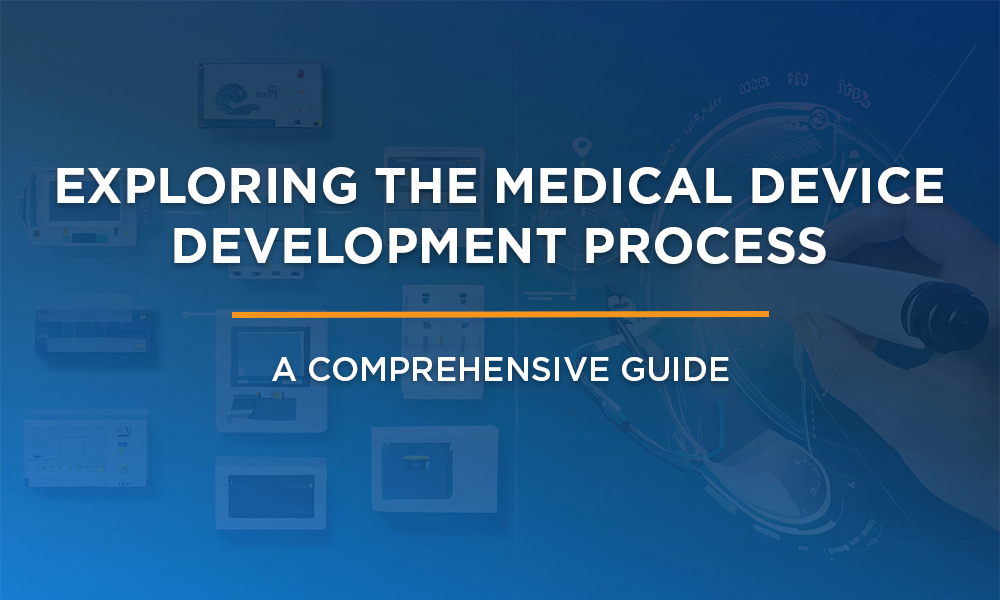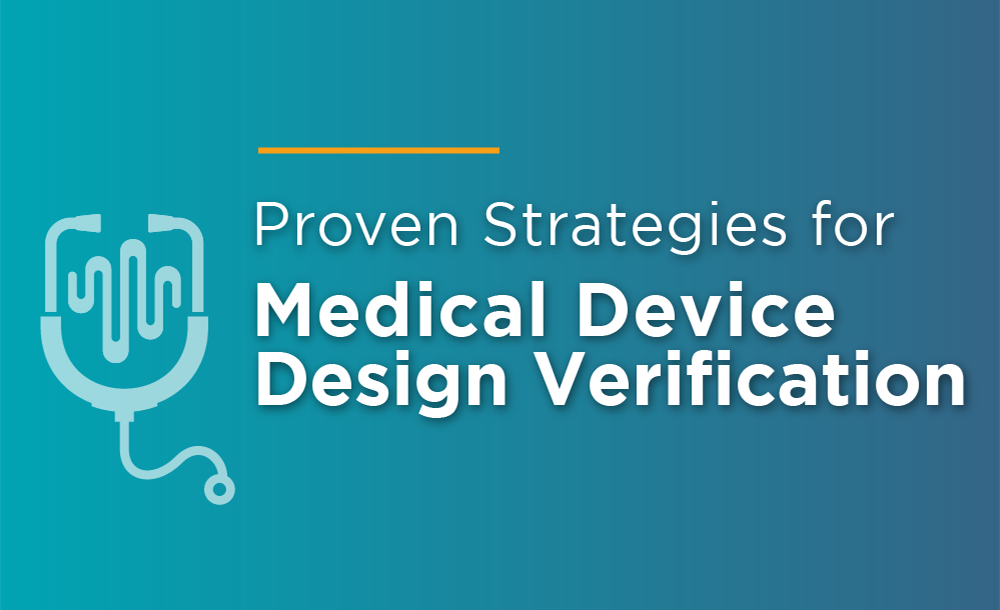How Sunrise Labs transforms innovative ideas into commercial medical products by keeping the patient–not their infirmity–at the forefront of our development process.
App developers, web designers, and makers of mobile phones devote considerable time and resources to the user experience (UX) – and with good reason. Ensuring users can easily operate their product and navigate software is crucial in driving high customer satisfaction. In the age of patient-centered healthcare, medical device manufacturers must likewise commit to developing a positive user experience and greater ease of operation. Doing so not only supports patients to make the most of their medical devices but also generates higher adherence rates and better treatment outcomes.
Patients at the Helm
Patients are involved in their healthcare and medical treatments more than ever before. Today’s patient-centered medical environment empowers patients to make decisions with respect to insurance options, access to their medical history records and data, and treatment options that work best for them.[1] Technology helps promote patient-driven healthcare with wearables that individuals can use to track and monitor their wellness, and medical devices that allow at-home administration of medicines that would have otherwise required a trip to the doctor’s office. As it becomes more common for patients to control and operate medical technologies––rather than professional clinicians––human factors and usability engineering is critical. Applying usability design considerations prior to and during development supports the FDA’s requirement to show evidence of human factors engineering during the submission process. It is a proven method to improve safety and reduce risks.
Best Practices For Developing A User-Friendly Design
Medical device developers must ensure that products are easy to use correctly, and are difficult to use incorrectly. While developing a process that promotes a high level of user-friendliness, manufacturers should:
- Listen – By actively listening to patients’ comments and recommendations about the user experience, medical device manufacturers can glean critical insights as to how the product performs in the hands of actual patients. Feedback may not always be direct, so listening may require reading between the lines to fully comprehend the relationship between the user and the device.
- Characterize – Who are your patients and how is the device behaving in their hands? It’s critical to develop a patient profile and characterize the type of consumer using the product, then engineer the device with them specifically in mind.
- Empathize – Put yourself in the patient’s position. Where are you when using the product? How do you feel when using it (nervous, shaky, exhausted, scared)? By empathizing with the patient, medical device manufacturers can better understand how to create a greater user experience.[2]
When developing medical devices, manufacturers can drive higher adherence rates and better patient outcomes through user-friendly designs. At Sunrise Labs, we transform innovative ideas into commercial medical products by keeping the patient––not their infirmity––at the forefront of our development process.
FAQ’s
1. Why is user experience (UX) important in medical device design?
- Improves patient satisfaction with the device.
- Encourages adherence to treatment plans, leading to better health outcomes.
- Empowers patients to take a more active role in their healthcare.
2. How has the healthcare landscape changed to put patients more in control?
- Patients have more access to their medical records and treatment options.
- Wearable technology allows for self-monitoring of health conditions.
- Medical devices are increasingly designed for home use, putting patients in control of their treatment.
3. Why is human factors engineering important in medical device development?
- Ensures devices are easy to use correctly and minimizes the risk of misuse.
- Meets FDA requirements for user safety and reduces potential risks.
4. What are some best practices for designing user-friendly medical devices?
- Listen to patients: Gather feedback on user experience through surveys, focus groups, or observing patients using the device.
- Characterize the user: Develop a profile of the typical patient who will be using the device and consider their physical and cognitive abilities.
- Empathize with the user: Consider the patient’s emotional state and environment when using the device.
5. How does Sunrise Labs approach user-friendly medical device design?
- By prioritizing the patient’s needs and challenges throughout the medical device development process.
- By incorporating user feedback to ensure the device is easy to use and integrates seamlessly into the patient’s life.
[1] https://www.carecloud.com/continuum/how-technology-enables-patient-centered-care/
[2] https://www.qualitydigest.com/inside/customer-care-column/imagineyou-re-human-070318.html


